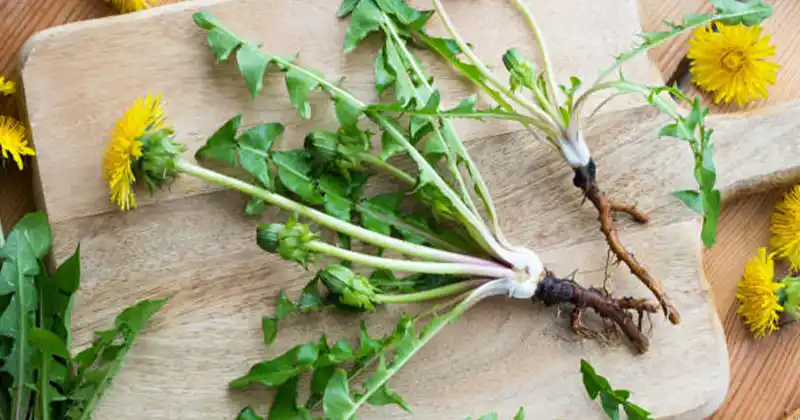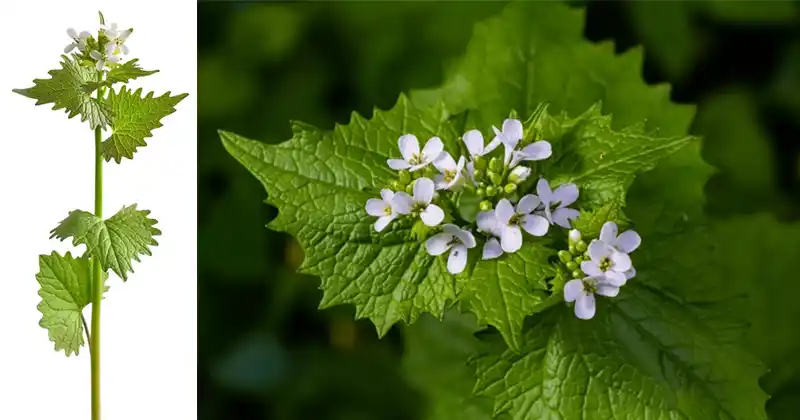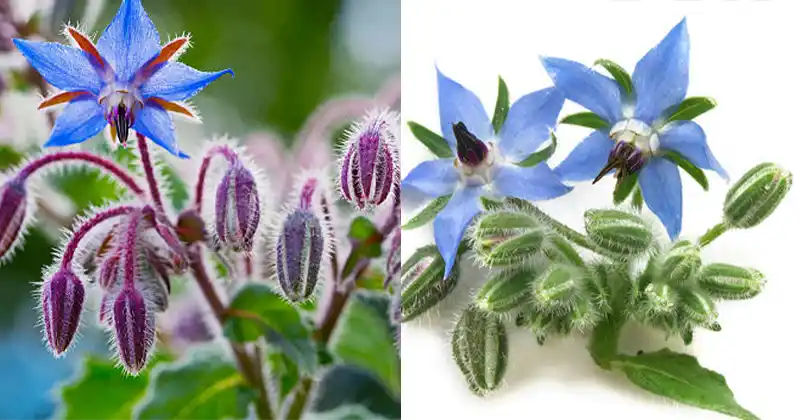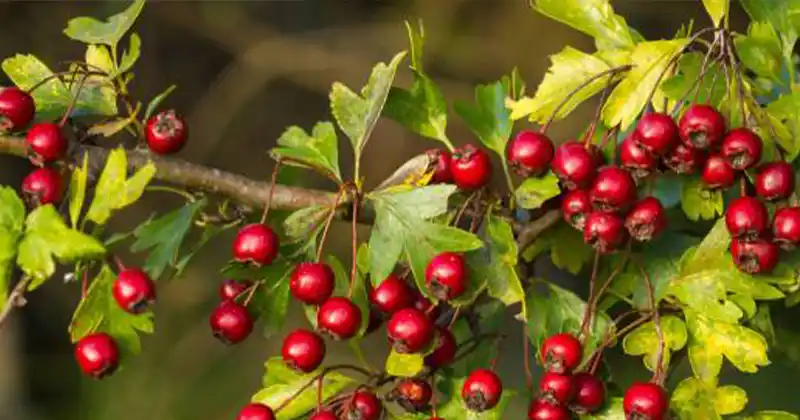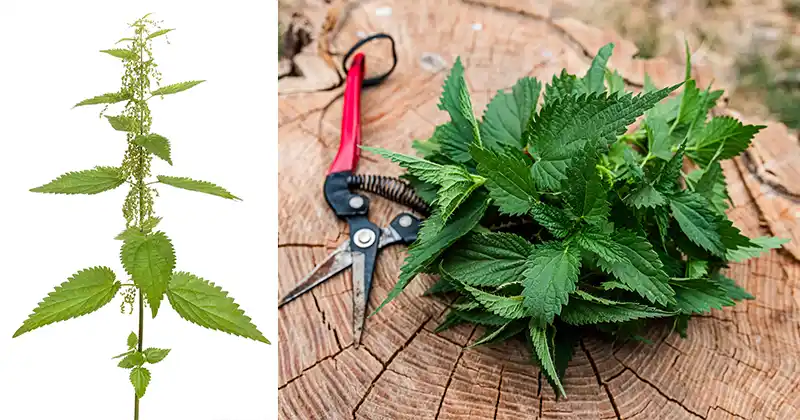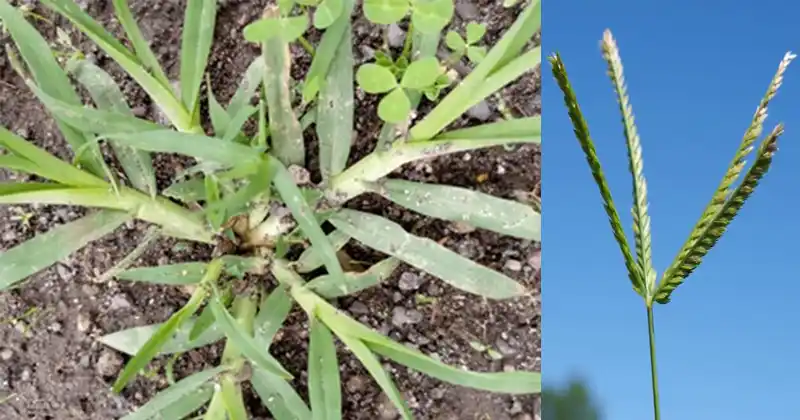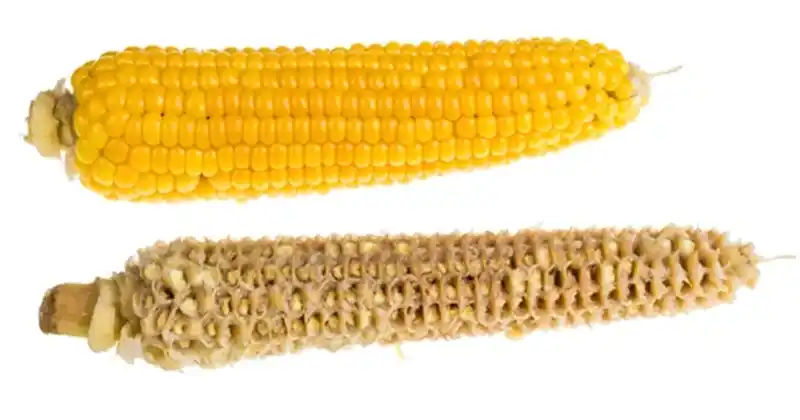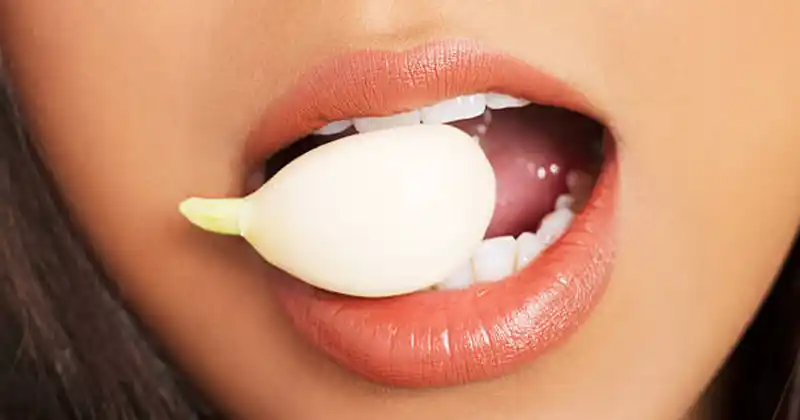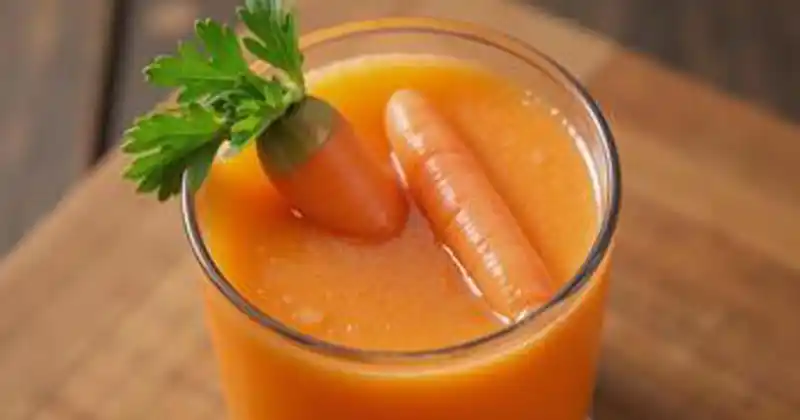DIY Dried Fruit Powder: Natural Food Flavouring and Coloring
Why Make Dried Fruit Powder?
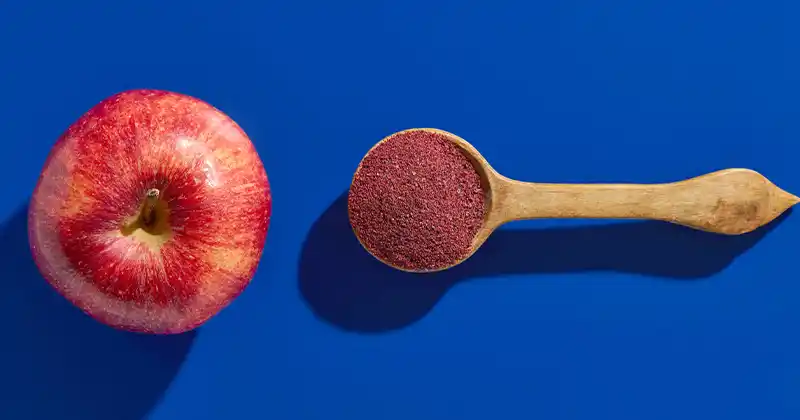
Dried fruit powder is a natural, nutrient-rich alternative to artificial flavorings and colorings. It captures the vibrant taste, color, and health benefits of fruits in a shelf-stable form. Whether you want to enhance smoothies, desserts, or baked goods, this homemade ingredient is an excellent addition to your pantry.
Benefits of Dried Fruit Powder:
- Natural Flavoring: Elevates your dishes with authentic fruit taste.
- Vibrant Coloring: Adds stunning, natural hues to your recipes.
- Nutrient-Rich: Concentrates vitamins and antioxidants.
- Long Shelf Life: Lasts months when properly stored.
- Minimizes Waste: Ideal for using up ripe or excess fruits.
For more ways to make the most of fruit in your kitchen, explore this guide on dried plum compote and its healthbenefits.
Choosing the Best Fruits
Select fruits with bold flavors and low moisture content for the best results.
- Berries (strawberries, blueberries, raspberries): Ideal for color and tangy taste.
- Citrus (lemon, orange): Adds zesty notes to baked goods.
- Mango and Pineapple: Tropical flavors perfect for smoothies.
- Apples and Pears: Mild, versatile options for various recipes.
- Banana: Sweet and creamy, excellent for smoothies and oatmeal.
- Cherries and Plums: Tarts that pair beautifully with sauces and dressings.
For guidance on growing unique fruits, check out this step-by-step guide to growing jackfruit from seed.
How to Make Dried Fruit Powder: A Step-by-Step Guide

1. Preparation: Wash and Slice
- Wash Fruits: Rinse thoroughly under running water.
- Peel and Core (if needed): Remove peels, seeds, and cores.
- Slice Thinly: Cut into 3-5 mm thick slices for faster dehydration.
2. Dehydrate the Fruits
- Arrange on Tray: Place fruit slices on dehydrator or oven trays. Use parchment paper for mashed fruits like berries.
- Dehydrate: Use a food dehydrator at 50–60°C (120–140°F) for 8–12 hours. Alternatively, use the oven on its lowest setting, keeping the door slightly ajar to release moisture.
For more advanced gardening tips, such as using coffee fertilizer to boost yields, explore this guide on growing reddragon fruit from branches.
3. Test for Dryness
Fruits should be crisp and brittle. Bend a piece to ensure it’s fully dry—pliable fruits require more dehydration time.
4. Grind into Powder
- Cool the Fruits: Let them cool completely to avoid clumping.
- Grind: Use a blender or spice grinder to process the fruits into a fine powder. Sift the powder for a smoother texture.
5. Store the Powder
- Transfer to an Airtight Jar: Store in a cool, dark place. Properly stored, the powder lasts 6–12 months.
Creative Uses for Dried Fruit Powder
- Smoothies: Add a spoonful for flavor and nutrients.
- Yogurt and Oatmeal: Sprinkle on top for a fruity boost.
- Baking: Use in cakes, muffins, or cookies.
- Homemade Icing: Mix with powdered sugar for colorful frosting.
- Tea: Stir into hot water for a refreshing beverage.
- Seasoning: Blend with spices for unique flavor mixes.
Tips for Success
- Choose Ripe Fruits: Riper fruits provide sweeter, more flavorful powders.
- Avoid Overcrowding Trays: Ensure even air circulation for consistent drying.
- Ensure Full Dehydration: Residual moisture can cause spoilage.
- Experiment: Blend different fruit powders for unique combinations.
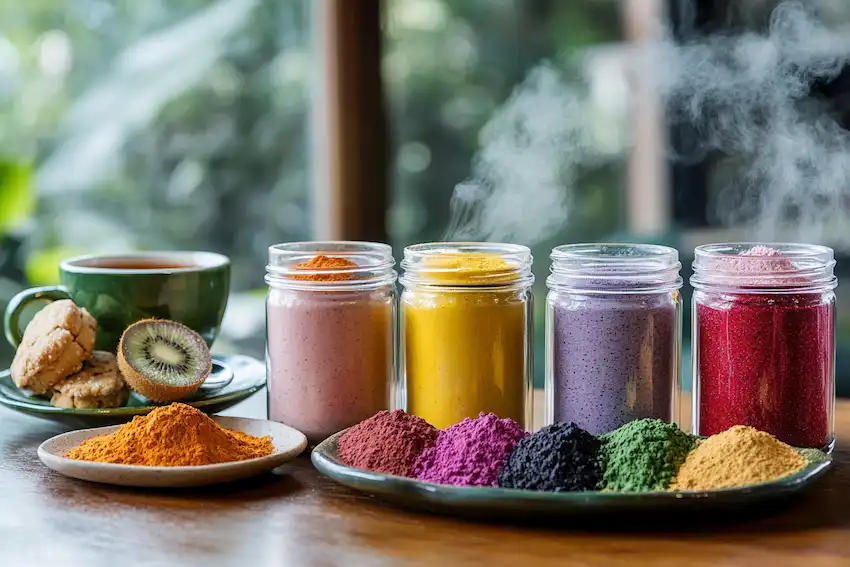
Disclaimer
This guide is for informational purposes only. Be mindful of food allergies and store powders properly to avoid spoilage. If you notice unusual smells or texture changes, discard the powder immediately.
With these simple steps, you can create vibrant, healthy dried fruit powders at home. From enhancing recipes to adding natural colors, dried fruit powder offers a versatile way to enjoy the goodness of fruits all year long.
